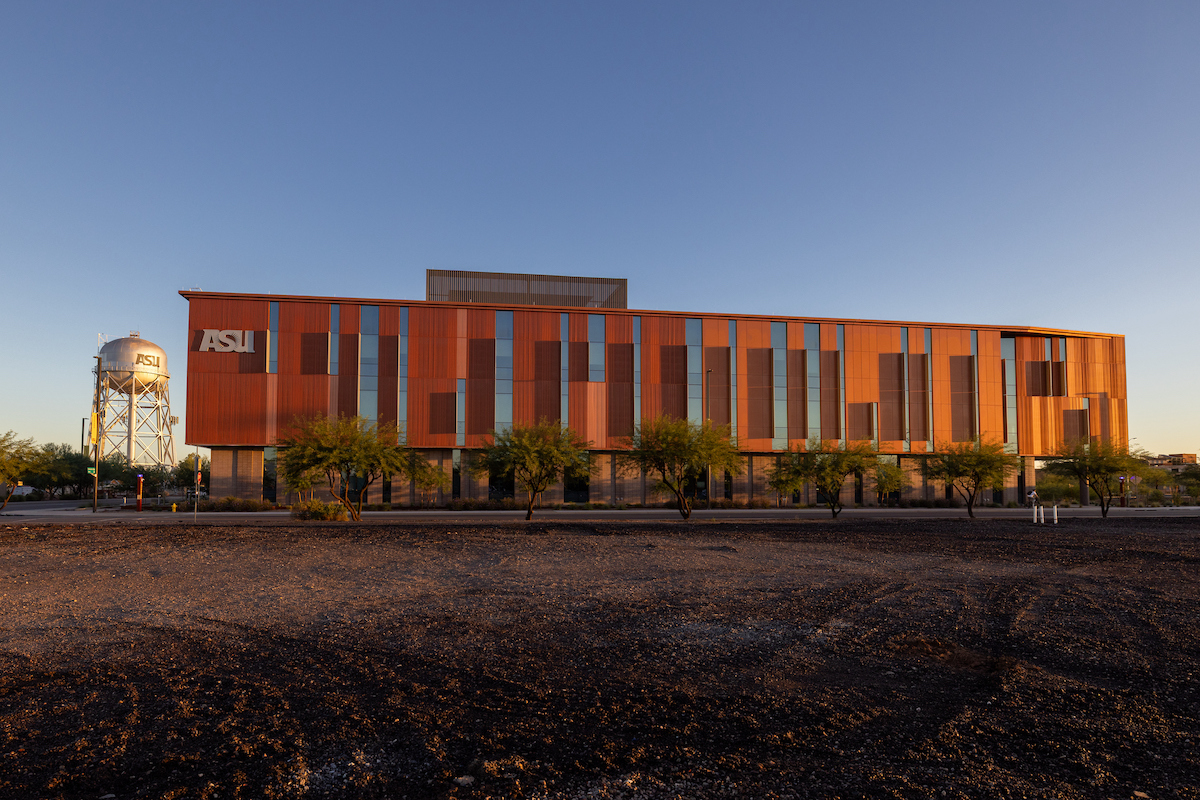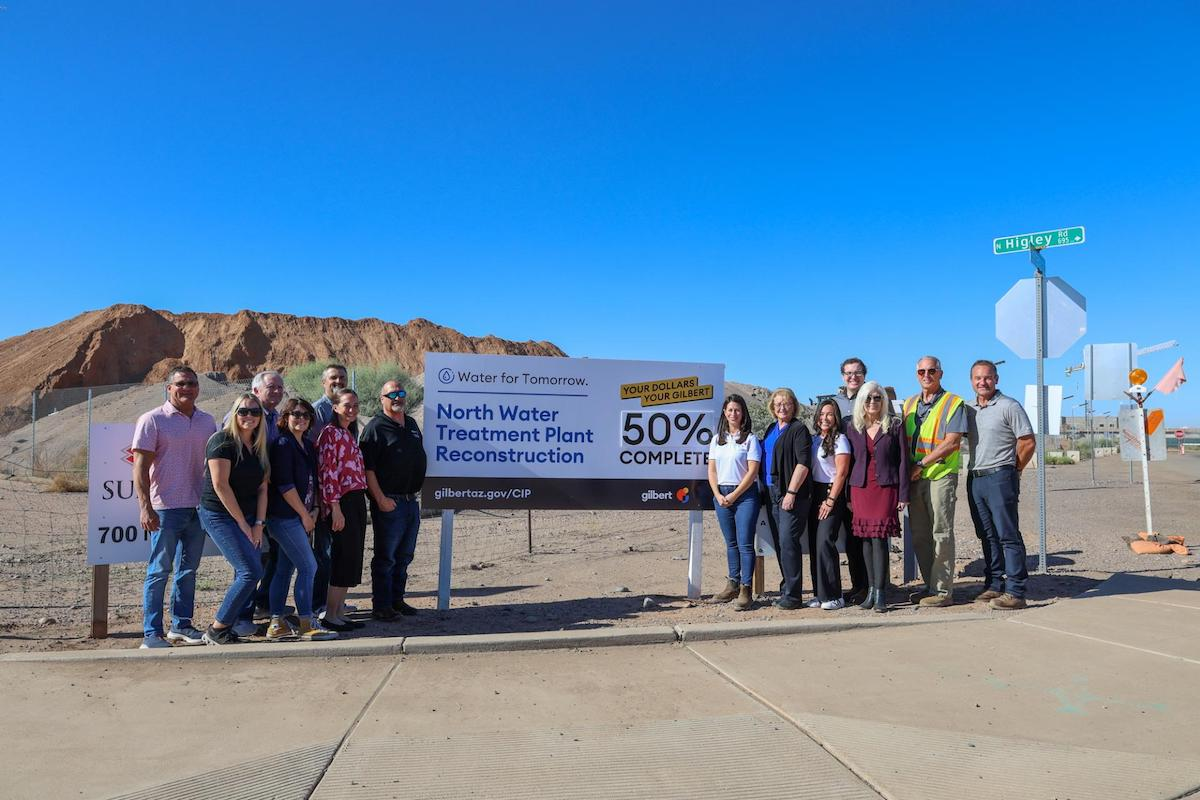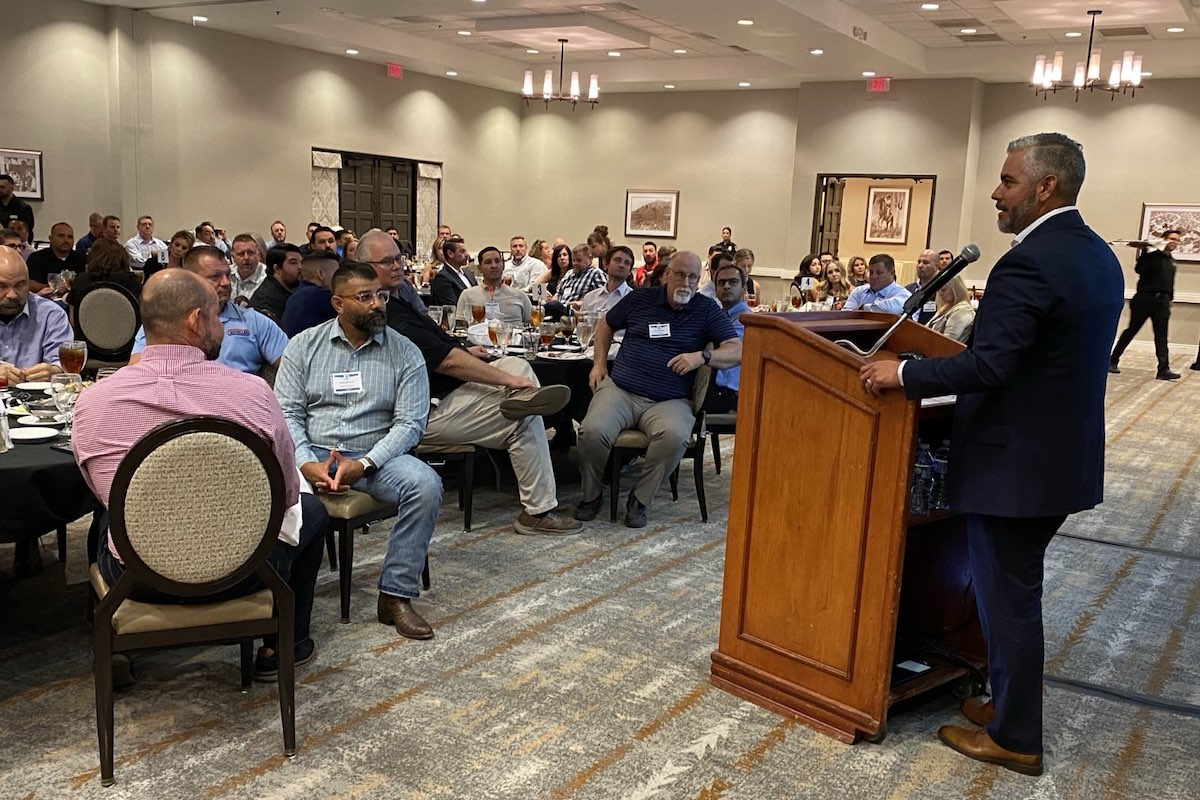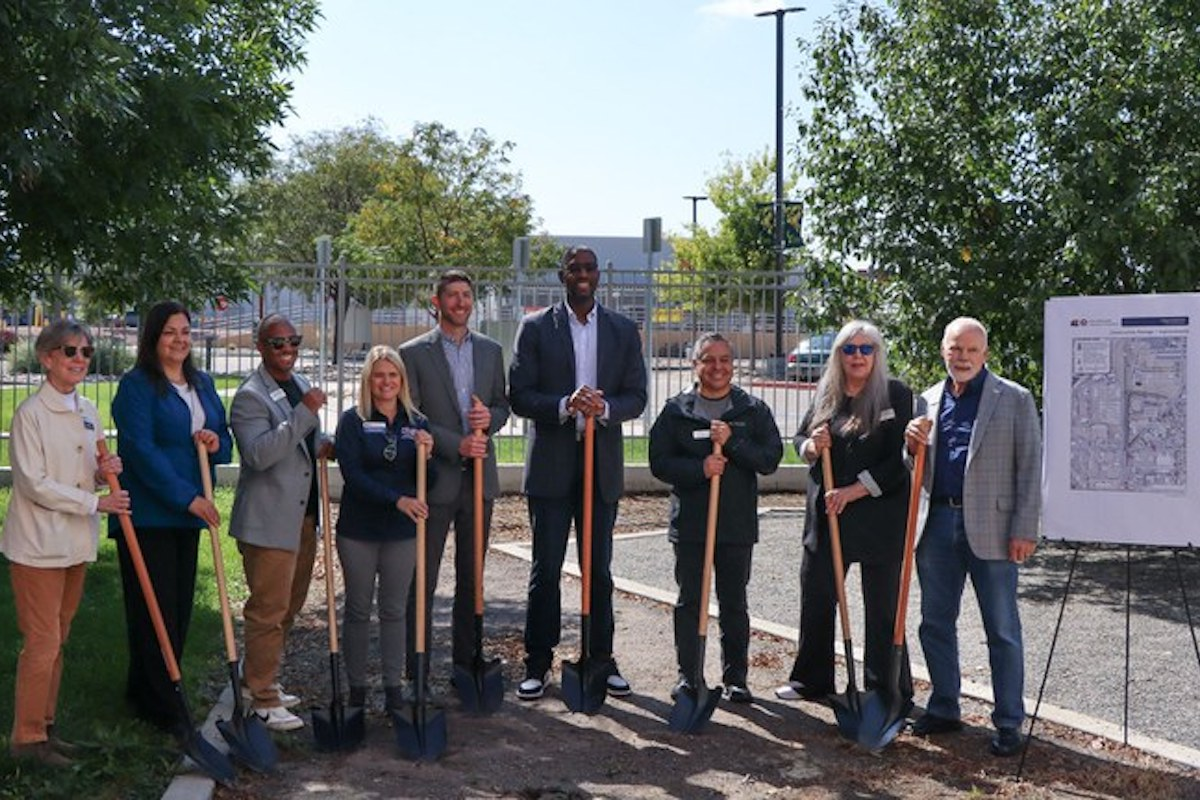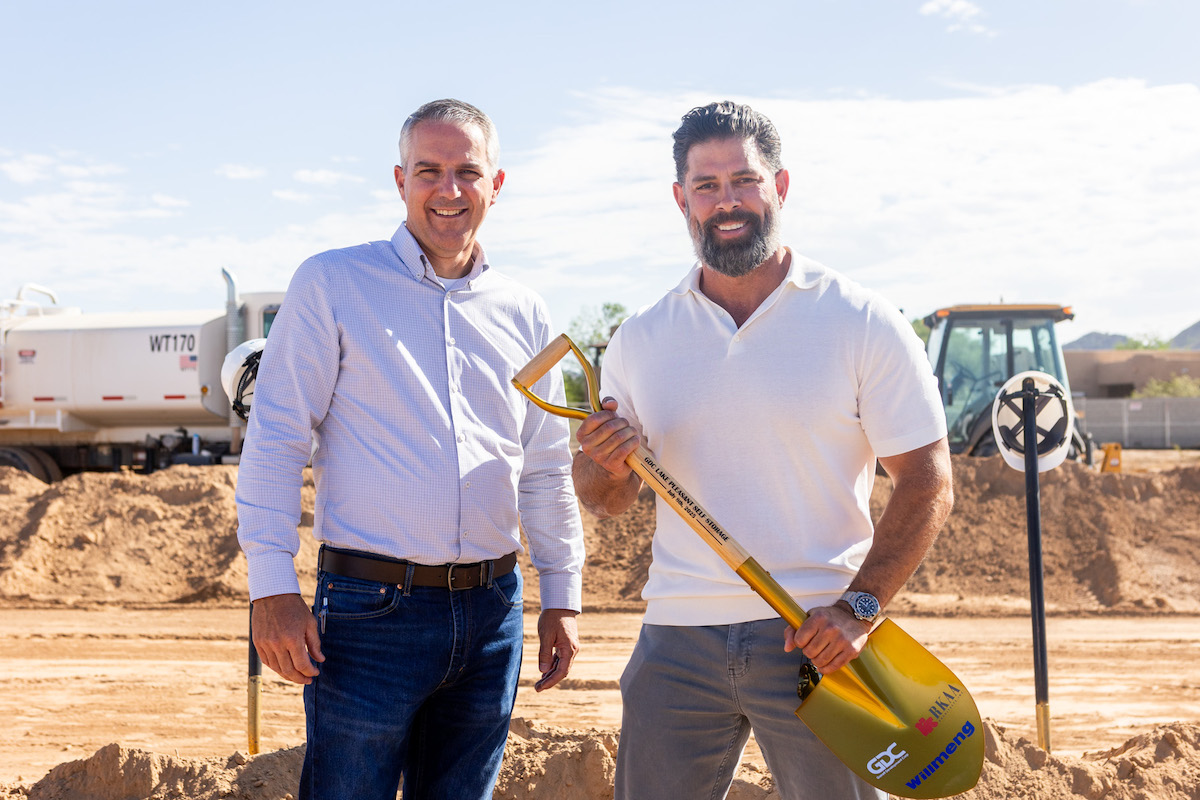Despite the best efforts of utility companies, marking contractors, state regulators, and contractors, surprises often lurk just below the surface. Even those surprises don’t result in injury, damage, or a loss of power to an entire community, they can create significant delays for projects as crews attempt to identify the underground utility and determine the best way to work around it.
Most utilities and property owners today are great about recording what they put under the ground. Unfortunately, that hasn’t always been the case. Gas pipes, sewers, and water lines from the early days of those technologies were installed with little thought given to the possibility they may create a hazard decades down the road. Older utility lines may have been bypassed by bigger lines with more capacity, but nobody thought to go back and remove the old ones. In addition, anyone who has ever been involved in an old structure’s renovation knows every day seems to bring a discovery that wasn’t in the drawings.
Fortunately, you can take steps to minimize the risk of unexpected and unmarked underground utilities. It involves extra planning in the early stages of the project and some additional investment, but it’s a small price to pay when you consider the disruptions such discoveries create – or the cost of repairing the damage your project might cause.
Start by trying to obtain all of the drawings that may have been created for the area in which your project is located – the plans for previous structures, the utilities’ blueprints, drawings for past renovations – anything that may offer a clue into what lurks below the surface. Compare the drawings to identify inconsistencies. If one drawing shows a gas main in one area of the site, but it’s not duplicated in another, it may have been missed. Assume that’s the case until your crews prove otherwise.

| Your local Trimble Construction Division dealer |
|---|
| SITECH Rocky Mountain |
| SITECH Northwest |
| SITECH Southwest |
If your state or area requires a call to a locate service, make that call early in the process. It helps, but in my experience, it isn’t enough. After the public locate service finishes its work, I encourage owners and contractors to bring in a private locate service for a closer study. In addition to performing more thorough inspections, private locate services generally create a map of everything they find, which you can then compare to any drawings you have. Yes, it adds a cost to the process, but if the private services discover even one power or gas line that the public locate crews missed, you’ll save a significant amount of money and time. Think of it as insurance.
One general contractor I’ve worked with required their excavating contractors to follow a very prudent practice. They would begin by daylighting every utility in the project area and would place a piece of PVC pipe up against the line and backfill it. That way, their crews knew the exact location of the lines and could drop a measuring stick down the PVC pipe to get an exact depth.
Make sure that the contractor keeps good records of daily activities, including a log of dig numbers. That’s important, because if a problem crops up, one of the first things investigators will want is the dig number.
Set limits for how closely excavating equipment can work from the marked line locations and keep those markings visible throughout the project. Once underground lines have been exposed, take steps to ensure that workers know where they are to prevent damage. If you need to trench around the lines, use trench shields to protect the walls of the trenched areas.
There’s a misconception that hydro excavating is more costly than digging by hand, but contractors who use hydro excavating will tell you it’s more cost-effective. Hand-digging is a slow, labor-intensive process that also creates a greater hazard for workers and an increased likelihood that an underground utility line may be damaged. By choosing hydro excavating, contractors save a significant amount of time and reduce the risk of injury and damage.

| Your local Gomaco dealer |
|---|
| Faris Machinery |
| Tri-State Truck & Equipment Inc |
When it happens, stop work immediately and bring in the supervisor or owner’s representative with the drawings for the site. If you can identify the type of line, call in the appropriate utility company, too. If you can’t tell, bring in representatives from all of the possibilities, because your first step is to know what you’re dealing with.
Once the type of line has been identified, determine its path. Dig again 3 feet away to see if you encounter it. If so, continue the process until you can mark its entire path. It’s possible you may have happened on a short segment that was abandoned or left over from a previous project. If that’s the case, find both ends so you can determine whether you can safely remove the line and work with the excavating contractor to develop a safe plan for removal.
Of course, if the line is broken, you should take steps to protect all workers in the immediate area and follow the emergency action plan. If the line that is broken is a natural gas line or is otherwise flammable, everyone should evacuate to a safe distance.















